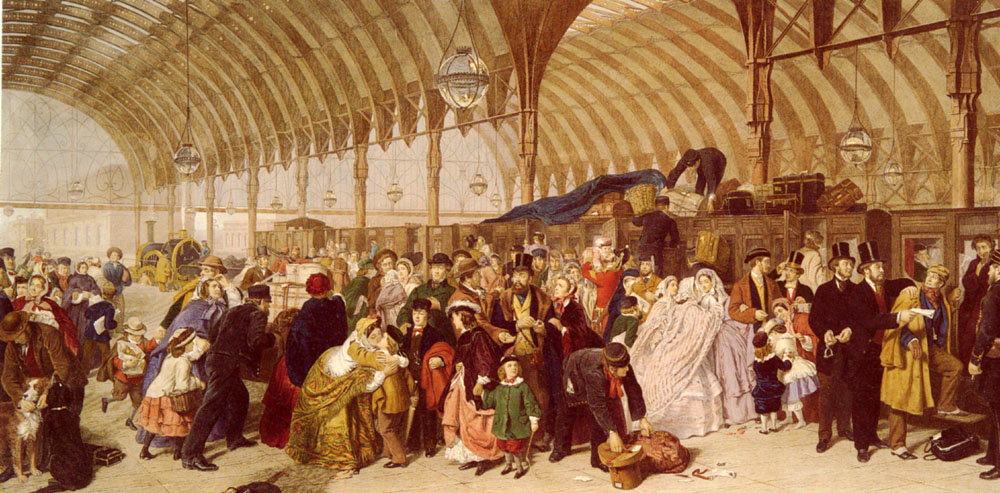Confederation of Free Nations
The Confederation of Free Nations is a vast, mercantile and bureaucratic power in the Interminate Lands. It is the largest political entity in the Known Expanse of the Interminate Lands. This supranational coalition unites a thousand diverse entities: city-states, republics, empires, kingdoms, archduchies, viscounties, and principalities, bound together by shared goals of protection, security, and trade.
The Confederal Charter is the legal, metaphysical and civilisational heartstone of the compact; its Nine Supreme Articles have, for close to five centuries, bound its fractious, bickering and ever-restive member states into one union. Even through its countless crises, calamities and scandals, the Charter remains an untouchable anchor, a sacrosanct boundary beyond which no senator, emperor or hierophant can cross.
Paradoxically, it is unchanging in word, yet ever-evolving in interpretation. It provides the skeletal structure of law and legitimacy, yet leaves the flesh of policy, administration, and daily governance to be negotiated through senatorial statute, Supreme Court interpretation, and regional constitutions.
The Confederation was born from necessity in the wake of the Age of Ruin, when the Nomadic City of Eremita and the Empire of Isornei forged its foundation. Over time, it has grown to encompass nearly the entire Known Expanse. Today, the Confederation thrives in the midst of an industrial revolution. The melding of alchemical sciences and arcane machinery with traditional engineering have propelled the Confederation into a golden age of progress. The streets of sprawling urban centers hum with activity as automata and golems assist citizens in their daily lives, while vast rail networks connect the farthest reaches of the Known Expanse. Centers of learning such as the famed Academy of Mechanics in Eremita attract scholars from every corner of the Confederation, blending magic and technology in ways once thought impossible. Yet, with progress comes inequality. The rapid pace of industrialization has created a stark divide between the affluent elite, who benefit most from the advancements, and the working class, who bear the brunt of the hardships. Many feel abandoned by the very system they help sustain, fueling discontent among those who see the Confederation's prosperity as an illusion meant for the privileged few.
The Grand Senate
The Grand Senate serves as the heart of the Confederation’s government. Delegates from every member state convene within its Senate Dome, forming the Confederacy’s primary legislative body. These delegates are often aligned into influential blocs, some by geography, others by ideology, economic interest, or cultural identity. The Imperial Bloc, led by the Emperor of Isornei, is one of the most powerful, its leader regarded as primus inter pares among the noble delegates. Likewise, the Grand Hierophant of the Amarian Church commands the Amarian Bloc, a spiritual powerhouse that shapes religious and moral policy across the Confederation. Seated alongside them is the fractious but growing Reform Bloc, a coalition of progressives, moderates, and revolutionaries seeking to reshape the old order.
Overseeing the operations of the Senate are the two Princeps, each elected to six-year terms, who preside over distinct spheres of governance and balance the competing interests of the member states. Supporting this upper echelon is the Chamber of Consuls, a council of thirteen Consuls, each governing one of the thirteen Departments of State and serving for seven-year terms.
Beneath this complex structure lies an even more intricate bureaucracy. Local authorities, feudal estates, religious orders, and corporate powers form a dense administrative web that manages the Confederation’s immense reach, governing over 2.5 billion citizens across varied territories.
The Grand Senate itself is a storm of politics. Debates rage with passion, alliances shift with alarming speed, and corruption seeps through the cracks. Whispers of blackmail, scandal, and even assassination echo through its marble halls. And yet, despite the turmoil, the Senate endures. When united behind a single cause, the Grand Senate becomes an unstoppable force, a juggernaut capable of reshaping history. Its resilience, chaotic as it may be, remains a cornerstone of the Confederation’s enduring strength.
Military
The Confederation’s defense rests in the hands of a formidable standing military, twenty million strong. These professional and well-equipped soldiers serve across four branches: the Army, the Navy, the growing Air Corps, and the revered Thaumaturgic Corps. The ancient and esteemed Thaumaturgic Corps wields the legendary poletheurgicae, the battle-thaumaturges whose power is as storied as it is feared.
In line with the Treaty of Peros, every member state contributes to the Confederation’s military. The size of each contribution depends on the state’s population and resources. Yet, member states also retain the right to maintain their own independent military forces, safeguarding their local security and autonomy.
The Confederation’s military history is rich with distinguished units and heroic deeds. Units like the Allaneian Dragoners, the Dasheng Wenxia and the Musurian Lancers of Isornei embody this legacy, their exploits woven into the Confederacy’s turbulent yet proud history of warfare and struggle.
Recent breakthroughs in industrial production and logistics have revolutionized warfare within the Confederation. New weapons and equipment are emerging: machine guns, advanced artillery, armoured treadguns, ironclad ships, and even aircraft. These innovations are reshaping battlefields and altering the nature of conflict.
However, not everyone welcomes this change. Conservative nations and tradition-bound factions within the Confederacy resist these advancements. They hold steadfast to what they see as more 'honorable' methods of war: thaumaturgy, cavalry charges, and the art of swordsmanship.
Despite this resistance, the undeniable tactical superiority of these modern weapons is driving their adoption. Slowly but surely, these tools of war are becoming a common sight, heralding a new era of warfare in the Confederation.


